
Credit Default Swaps
Pamela Heijmans
Matthew Hays
Adoito Haroon

Credit Default Swaps – Definition
• A credit default swap (CDS) is a kind of
insurance against credit risk
– Privately negotiated bilateral contract
– Reference Obligation, Notional, Premium
(“Spread”), Maturity specified in contract
– Buyer of protection makes periodic payments to
seller of protection
– Generally, seller of protection pays compensation
to buyer if a “credit event” occurs and contract is
terminated.
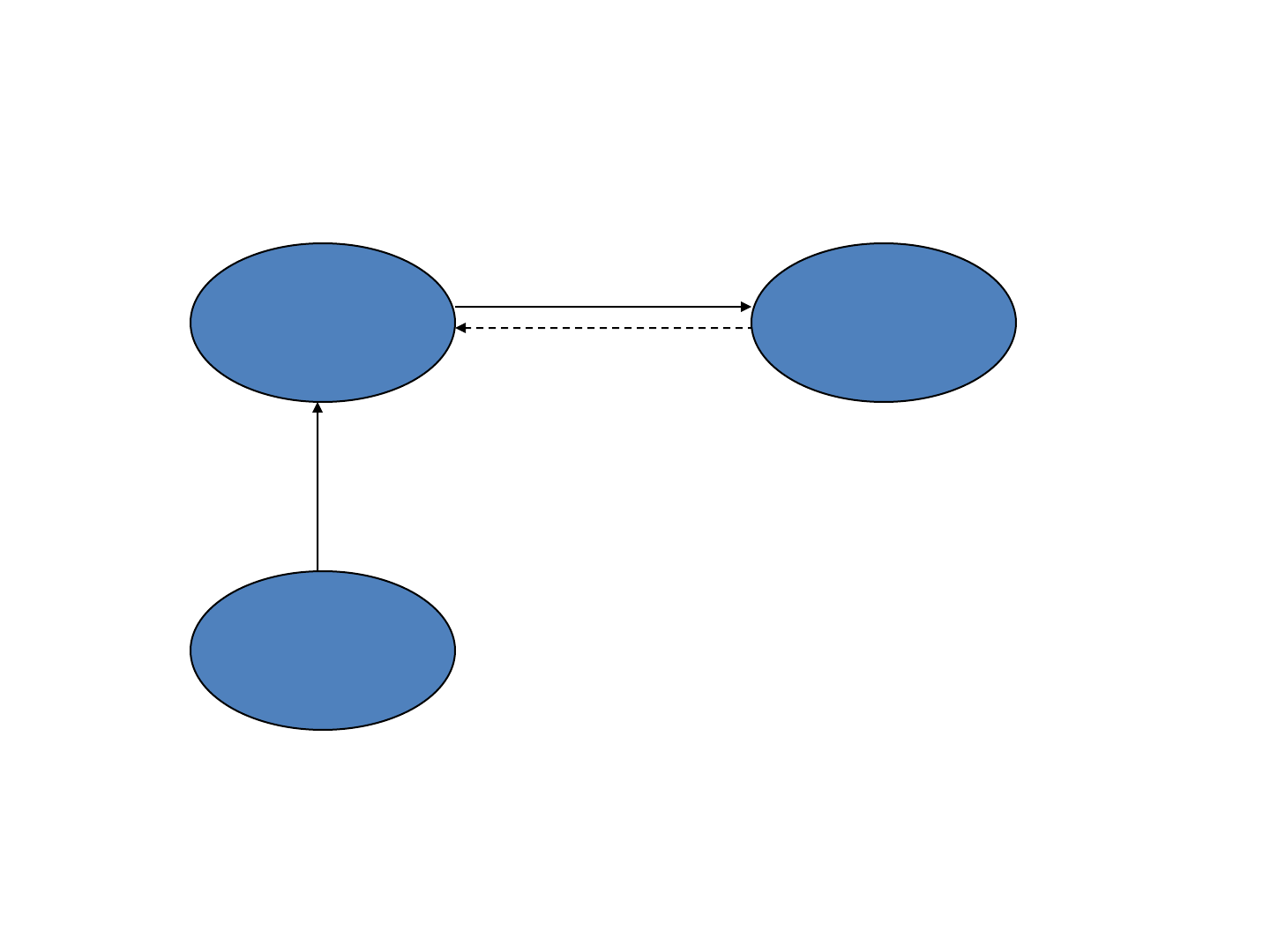
Spread, b basis
points per annum
Protection
Seller
Protection
Buyer
Reference
Entity
Total return less
credit loss on the
reference entity
Payment on credit event
Credit Default Swaps – Example
Example:
Notional: $10 million dollars
Spread: 100 bps per annum
Quarterly payment frequency
Payment of $25,000 quarterly

Credit Default Swaps - Types
• Exist for both corporate reference entities and
Asset Backed Securities (ABS)
– Corporate CDS are relatively simple; first emerged
round about 1993; became widely used by late
90’s/early 2000’s, particularly after introduction of
ISDA template in July 1999
– ABS CDS are more complex; first appeared around
2003; grew substantially in 2005 after introduction of
ISDA “Pay as you go” template in June of that year
• Exist for a variety of types of ABS; most common for
Residential Mortgage Backed Securities (RMBS); but, size of
markets for CDS on CDOs and CDS on CMBS also substantial.

Credit Default Swaps – Credit Events
• For corporates, quite straightforward
– Credit event results in payment from protection seller to
buyer and termination of contract
– Most common types of credit events are the following
• Bankruptcy
– Reference entity’s insolvency or inability to repay its debt
• Failure to Pay
– Occurs when reference entity, after a certain grace period, fails to make
payment of principal or interest
• Restructuring
– Refers to a change in the terms of debt obligations that are adverse to
creditors
– If credit event does not occur prior to maturity of contract
(typically, 2/5/7/10 years for corporates), protection seller
does not make a payment to buyer

Credit Default Swaps - Settlement
• For corporates, settlement process is rather
simple
– Cash Settlement
• Dealer poll conducted to establish value of reference
obligation (for example, x percent of par)
• Protection seller pays buyer 100 – x percent of Notional
– CDS can be thought of as a put option on a corporate bond.
Protection buyer is protected from losses incurred by a
decline in the value of the bond as a result of a credit event.

Example of Cash Settlement
• The protection buyer in a 5,000,000 USD CDS,
upon the reference entity’s filing for
bankruptcy protection, would notify the
protection seller. A dealer poll would then be
conducted and if, for instance, the value of the
reference obligation were estimated to be
20% of par, the seller would pay the buyer
4,000,000 USD.

Credit Default Swaps – Settlement -
Continued
– Physical Settlement
• Protection buyer sells acceptable obligation to
protection seller for par
– Buyer of protection can choose, within certain limits, what
obligation to deliver. Allows buyer to deliver the obligation
that is “cheapest to deliver.” Generally, the following
obligations can be delivered
» Direct obligations of the reference entity
» Obligations of a subsidiary of the reference entity
» Obligations of a third party guaranteed by the reference
entity

Credit Default Swaps – Payment Events
for CDS on ABS
• CDS referencing ABS are more complex
– Attempt to replicate cash flows of reference
obligations
• Reflective of growing importance of ABS CDO market in
early/mid 2000’s
• Floating Amount Events: Do not terminate
contract
– Writedown
• Reduction in principal of reference obligation
• Implied writedown
– Calculated based on under-collateralization of reference
obligation
– Optional for CDS on CDOs

Example of an Implied Writedown
• Consider a CDO with two tranches; senior
tranche has notional of 150,000,000 USD;
Subordinate tranche has notional of
150,000,000 USD. If there’s only 225,000,000
USD of collateral backing the deal,
subordinate tranche will experience a 50%
implied writedown.

Credit Default Swaps – Payment Events
for CDS on ABS - continued
– Principal Shortfall
• Reference Obligation fails to pay off principal by its legal
final maturity (typically approximately 30 years)
– Interest Shortfall
• Amount of interest paid on reference obligation is less
than required
• Three options for determining size of payment from
seller to buyer: Fixed Cap, Variable Cap, No Cap

Credit Default Swaps – Payment Events
for CDS on ABS - continued
• Fixed Cap: Maximum amount that the protection seller
has to pay buyer is the Fixed Rate
• Variable Cap: Protection seller has to make up any
interest shortfall on the bond up to LIBOR plus the
Fixed Rate
• No Cap: Protection seller has to make up any interest
shortfall on the bond
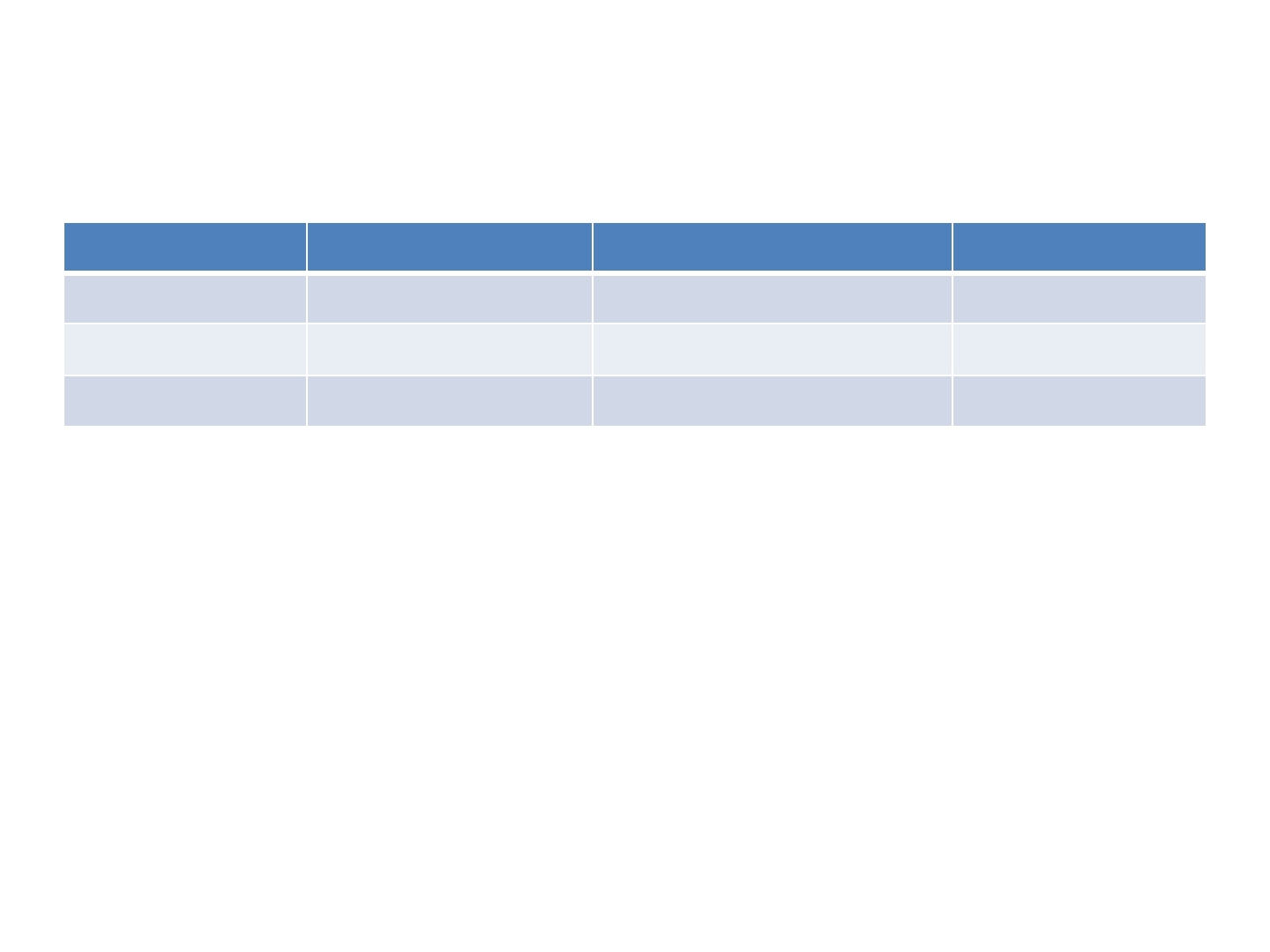
Comparison of Fixed, Variable and No
Cap – Assuming CDS Spread of 200 bps
Bond Coupon Fixed Cap-Max Pmt Variable Cap-Max Pmt No Cap-Max Pmt
LIBOR + 150 bps 200 bps LIBOR +200 bps LIBOR + 150 bps
LIBOR + 200 bps 200 bps LIBOR +200 bps LIBOR + 200 bps
LIBOR + 250 bps 200 bps LIBOR + 200 bps LIBOR + 250 bps

Credit Default Swaps – Payment Events
for CDS on ABS - continued
• Physical Settlement Option – Buyer has option
to terminate contract
– Writedown
– Failure to Pay Principal
– Distressed Ratings Downgrade
• Reference obligation is downgraded to CCC/Caa2 or
below or rating is withdrawn by one or more agencies

CDS on ABS – Additional Fixed
Payments
• In corporate CDS, protection buyer will never
owe seller anything other than premium
• Not necessarily the case for CDS on ABS
– Recovery of interest shortfall or reversal of
principal writedown can result in protection buyer
reimbursing protection seller

CDS Pricing and Valuation
• Premium, “spread” – quoted as an annual
percentage in basis points of the contract’s
notional value, but usually paid quarterly.
• Like the premium on a put option, where the
payment of the premium is spread over the
term of the contact.
• Model expected payments and expected
losses
– Likelihood of default
– Recovery rate in the event of default
– Liquidity, regulatory and market sentiment about
the credit

CDS Pricing – Continued
• Value of CDS (to protection buyer) = Expected
PV of contingent leg – Expected PV of fixed
leg.
Expected PV of fixed leg:
ΣD(t
i
)q(t
i
)Sd + ΣD(t
i
){q(t
i-1
)-q(t
i
)}S*d
i
/2
Where: D(t)=discount factor for date t, q(t)=survival
probability at time t, S=annual premium, d=accrual
days (i.e., 0.25), Notional of $1 million
The present values of the sum of all payments to
the extent they will likely be paid (i.e., taking into
account survival probability)
The present values of all
expected accrued payments
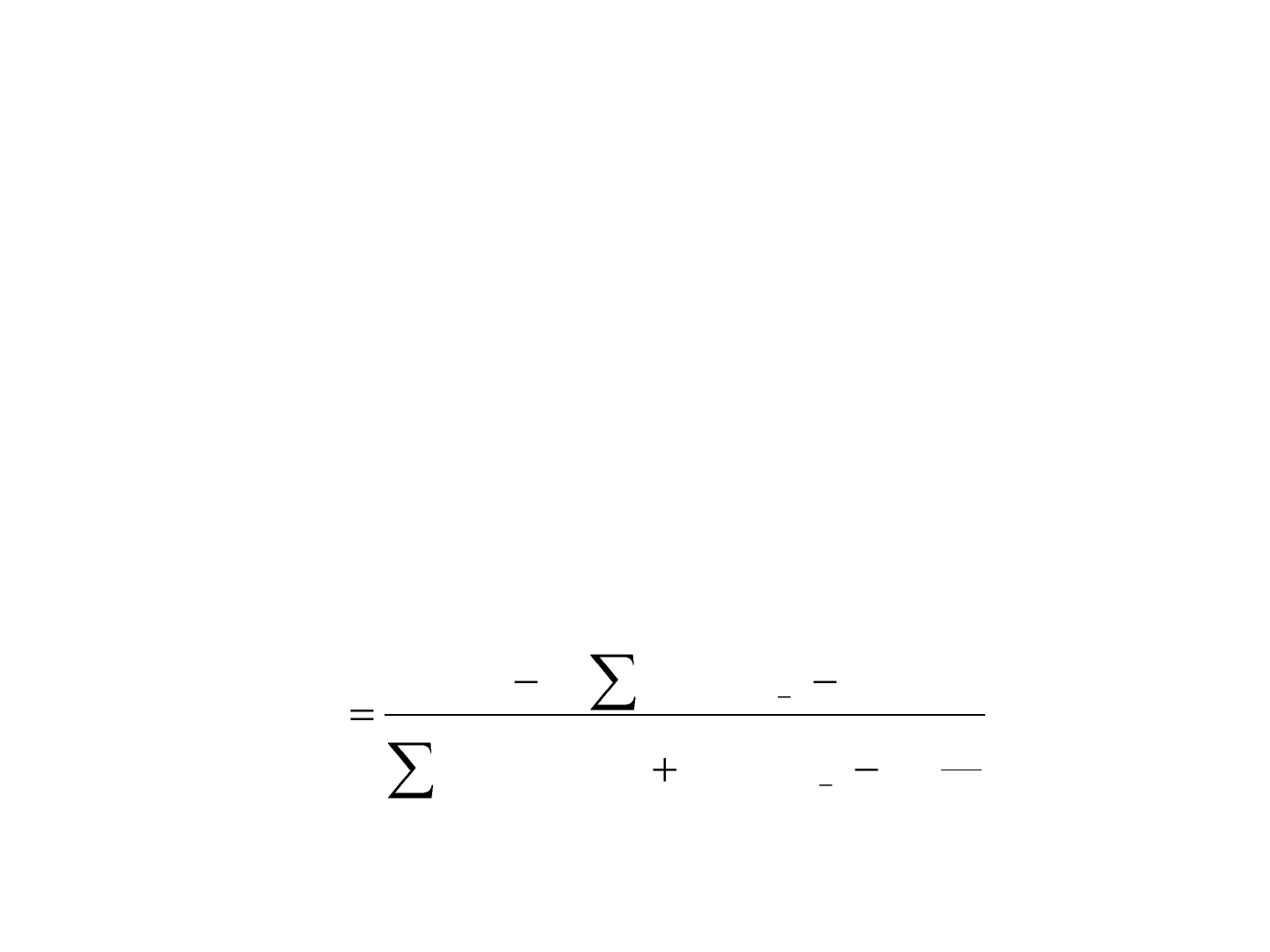
CDS Pricing – Continued
• Expected PV of contingent leg:
(1-R)ΣD(t
i
){q(t
i-1
)-q(t
i
)}
• The spread is set initially so that the value of the CDS is 0.
ΣD(t
i
)q(t
i
)Sd + ΣD(t
i
){q(t
i-1
)-q(t
i
)}S*d
i
/2=(1-R)ΣD(t
i
){q(t
i-1
)-q(t
i
)}
2
))(()()(
))(()1(
1
1
i
iiiiii
iii
d
qqtDdtqtD
qqtDR
S

Two portfolios – same maturity, par and nominal values of $100
Portfolios should provide identical returns at time T
1
CDS spread = corporate bond spread
T
1
– No Default:
Risk free bond’s payoff: $100 Corporate bond’s payoff: $100
No payment made on CDS
T
1
– Credit event: Assume a recovery rate of 45%
Risk free bond’s payoff: $100 Corporate bond’s payoff: $45
Payment on CDS: 55% of $100 notional
T
0
– Portfolio A: T
0
– Portfolio B:
Long: Risk Free Bond Long: Company’s Corporate Bond
Short: CDS of a Company
(i.e., “Selling Protection”)
CDS Pricing – Example

Negative Basis Trades
• Investor buys a bond and buys protection on the
same entity. If the basis is negative – the credit
default swap spread is less than the bond spread –
the trader can receive a spread without taking on any
default risk. However, the investors takes on
counterparty risk.
• For example, suppose a bank structures a CDO and
takes down a AAA tranche paying a spread of 27bps.
The bank can then buy protection from an insurer
(such as AIG) for 17 bps, pocketing 10 bps.

Growth So Far
CDS Outstanding Notional (billions)
-
10,000.00
20,000.00
30,000.00
40,000.00
50,000.00
60,000.00
70,000.00
1H01 2H01 1H02 2H02 1H03 2H03 1H04 2H04 1H05 2H05 1H06 2H06 1H07 2H07 1H08
Semi-Annual breakdown
Billions outstanding

Systemic risks
• Risks that threaten the broader financial
market not just individual participants
• Previous examples where mechanisms caused
systemic risk
– Bank runs
– Portfolio insurance – stop-loss failures
• Works individually but not if everyone does it

Measuring risks in the CDS market
• Do we know the total risk exposure out in the
market?
• Notional does not give us a good measure:
– Actual payment is measured in basis points of
notional.
– In case of credit event, made whole on the
underlying bond
• Double counting each side of contract
• Netting
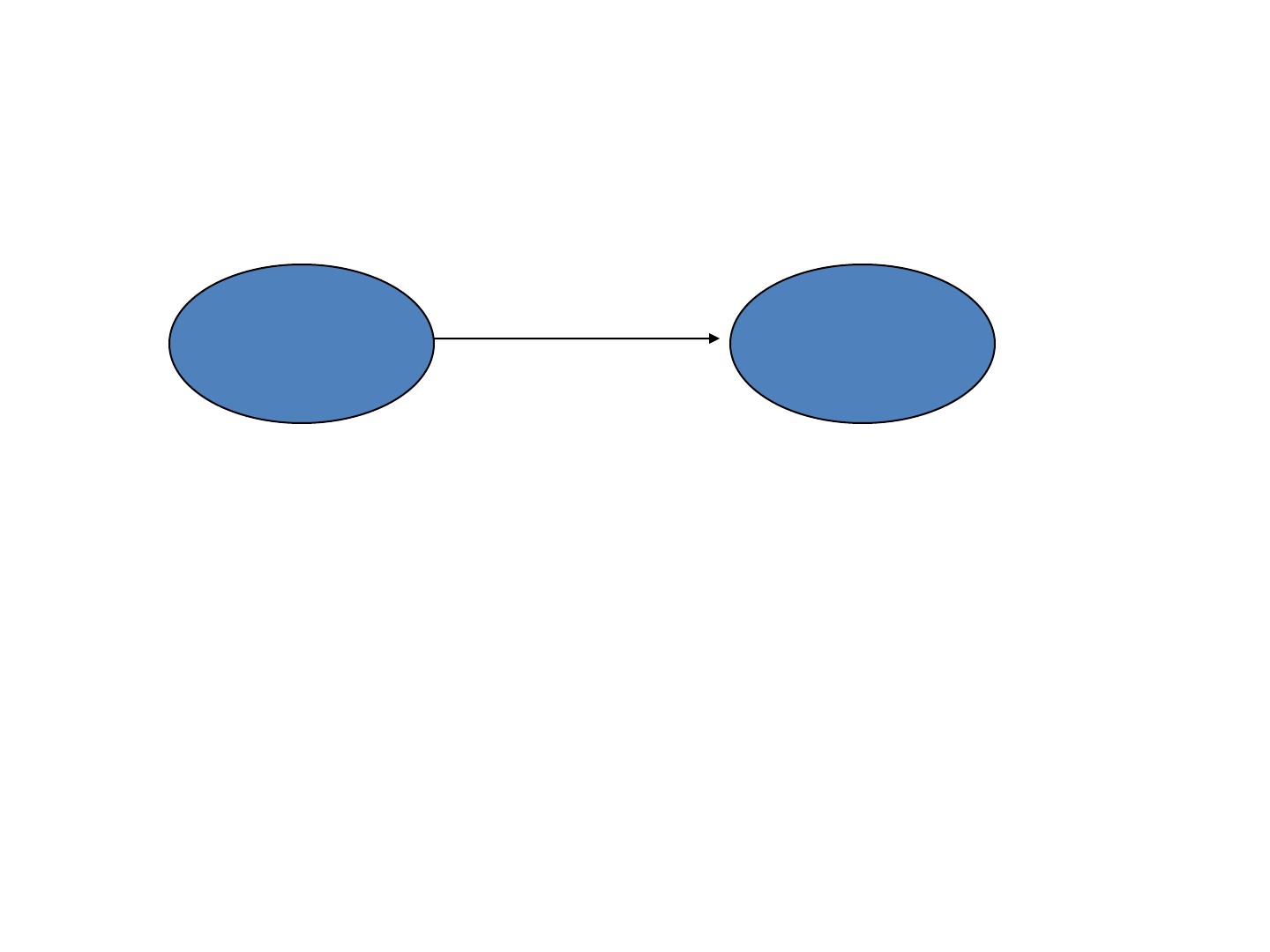
Netting
Buys CDS
protection on Delta
Airlines
Bear StearnsGoldman
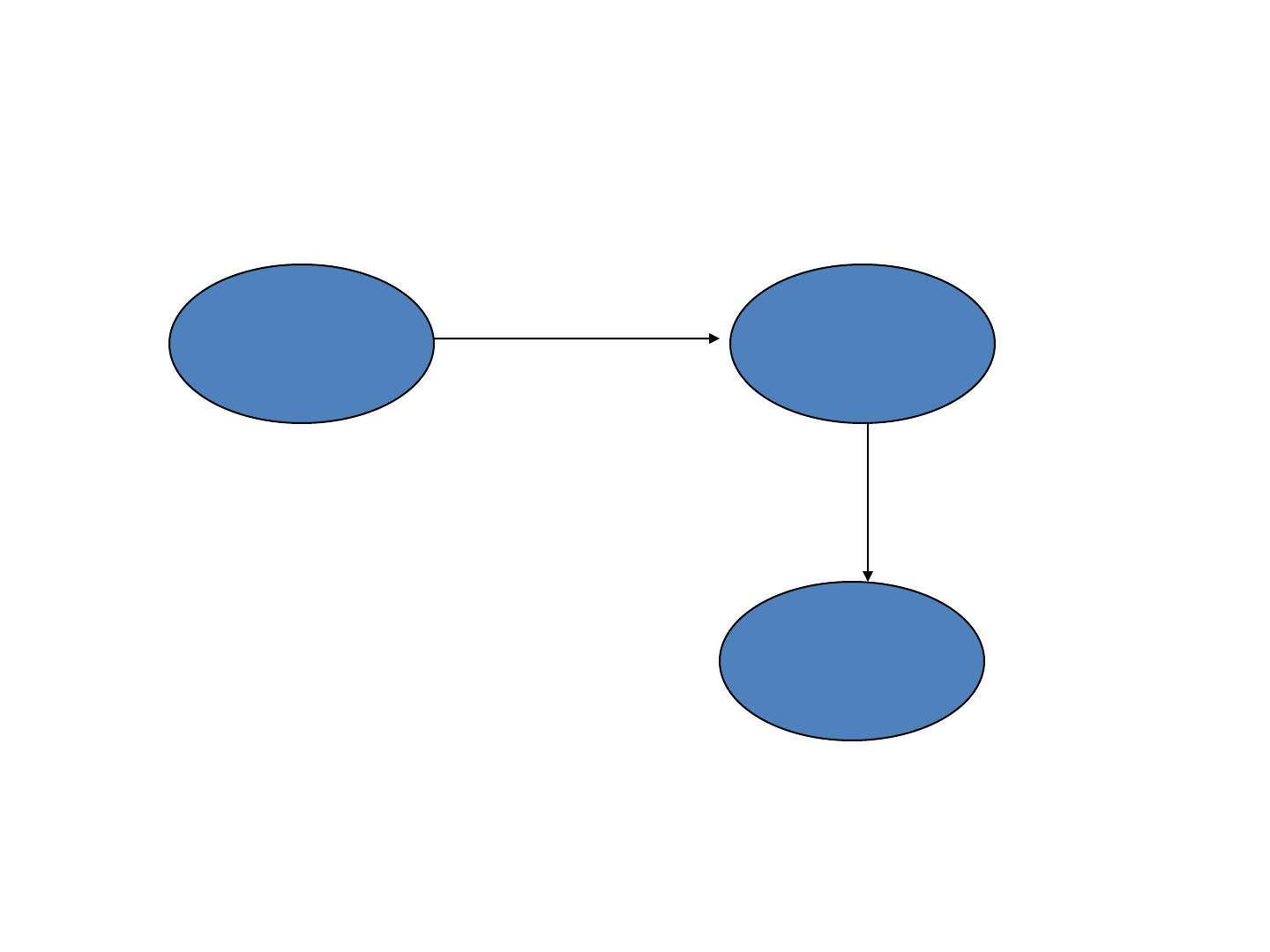
Netting
Buys CDS
protection on Delta
Airlines
Bear StearnsGoldman
JP Morgan
After couple of
months: Buys CDS
protection on Delta
Airlines

Netting
Buys CDS
protection on Delta
Airlines
Bear StearnsGoldman
JP Morgan
After couple of
months: Buys CDS
protection on Delta
Airlines
Effectively
Goldman has
bought CDS
protection from
JPMorgan

What are the risks in this market?
• Network effects
– CDS are bilateral contracts often sold and resold
among parties
– Buyers may not be as financially sound to cover
the obligation in case of a credit event specially
without collateral
– In 2005 NY Fed advised that counterparties tell
their trading partners when they’ve assigned the
contract to others
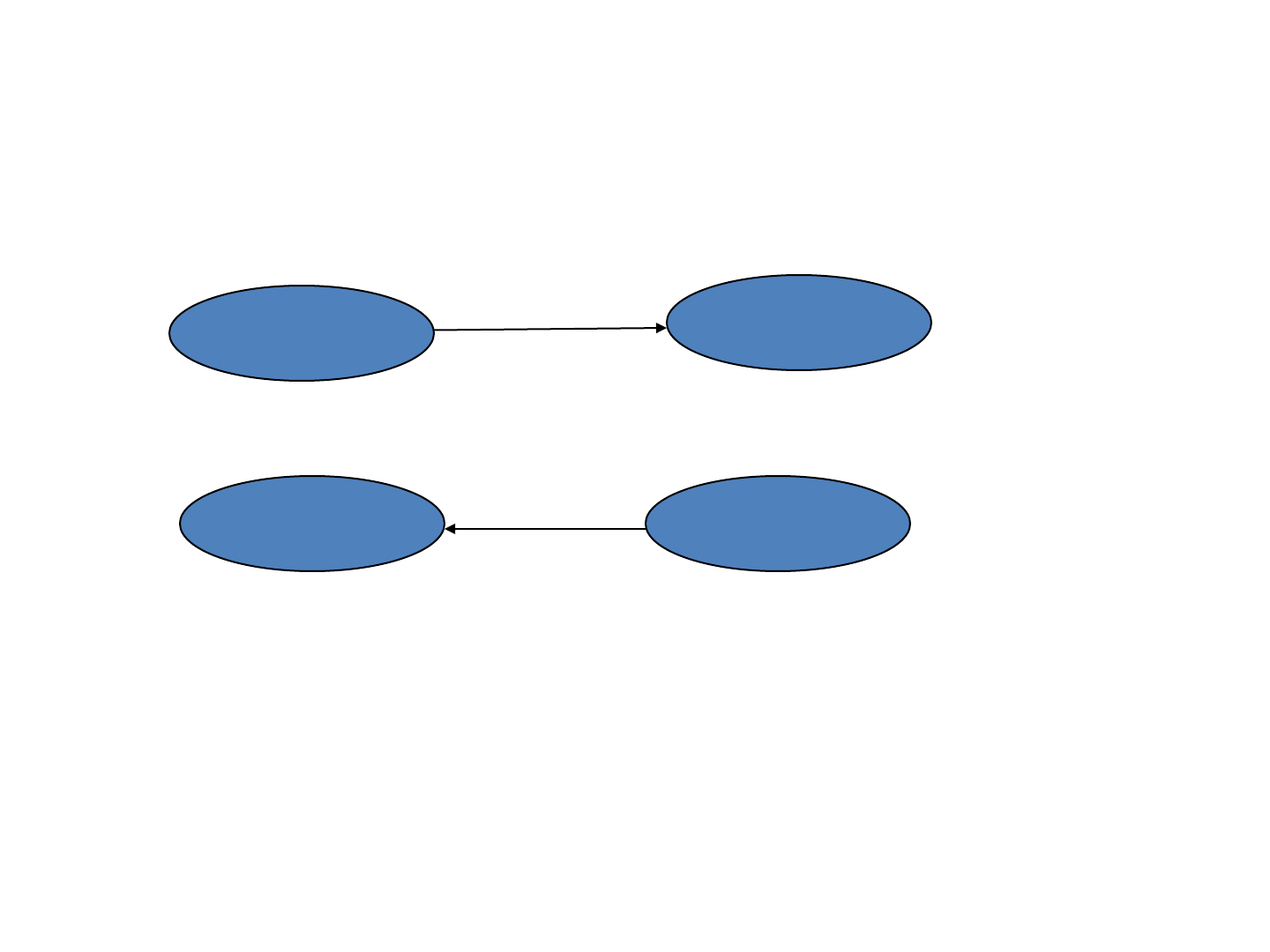
Network (domino) effects
Buys CDS
Bear Stearns
Goldman
JP MorganLehman
Buys CDS

Network (domino) effects
Buys CDS
Bear Stearns
Goldman
JP Morgan
After couple of
months: Buys CDS
Lehman
Buys CDS
JP sells CDS
protection
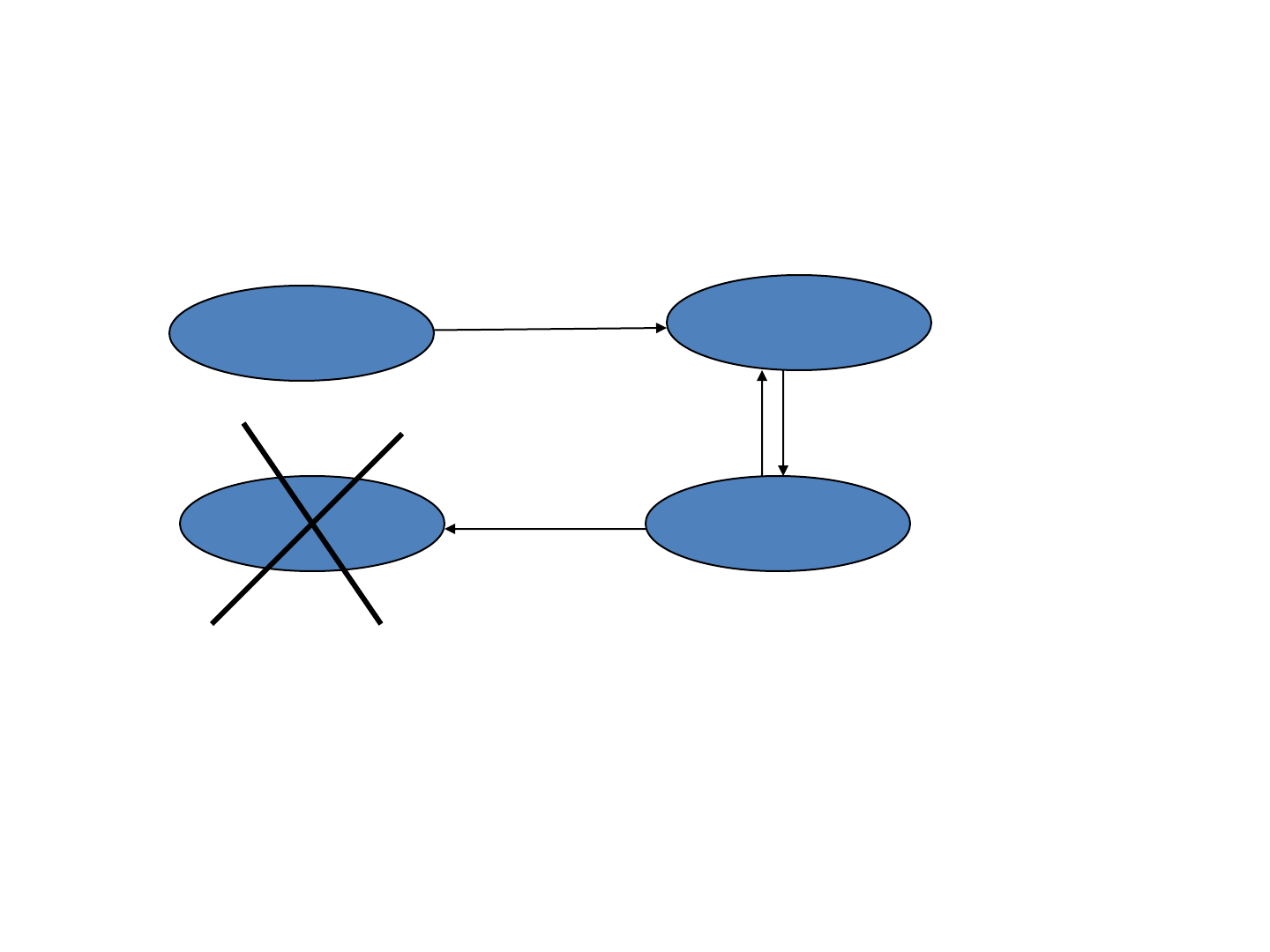
Network (domino) effects
• Bear Stearns and JPMorgan could have stepped out
• Can lead to contagion and liquidity dry-ups
Buys CDS
Bear Stearns
Goldman
JP Morgan
After couple of
months: Buys CDS
Lehman
Buys CDS
JP sells CDS
protection
Suppose Delta
defaults and
Lehman took
massive write-
downs

What are the risks in this market (contd.)?
• Counterparty concentration risk
– Risk that the counterparty will default and not pay what is
owed under the contract
– If a major counterparty like AIG fails, it leaves a large
number of market participants un-hedged and exposed to
losses
– Can have a domino effect: can lead to mistrust and freeze
up of market, systemic risk
• Hedging risk
– Could hedge by selling short bond
– If everyone does it together, it does not work
• Similar to portfolio insurance in 1987
• Cascading effect

What are the risks in this market (contd.)?
• Collateral and margin spirals
– Some “blue-chips” like “AAA” AIG and Lehman, were not required to post collateral
– However, even with collateral
• Asset values may be correlated with CDS protection sold and broader economy
• Have to post more collateral
– De-leveraging: selling assets at the worst time
• Everyone does this together
– Margin spiral
• Excessive speculation
– Excess speculation without adequate collateral can cause contagion in case of credit
event
– Actual size of market (not notional) is estimated to be 10x size of underlying cash bond
market
• This should imply most bonds are cash settled since not enough bonds to settle
physically.
• Irony is single name CDS in US still states physical settlement on term sheets
– Risk of squeeze on underlying bonds in case of credit event.
• Though not certainty, this suggests speculation
– Not actually hedging against bonds you own

Quantifying risks
• Actual size of market (not notional) is estimated to
be 10x size of underlying cash bond market
• Modeling is hard:
–Illiquid
–True default probabilities hard to judge
–Default correlations very hard to judge
making it difficult to aggregate risks
–Asymmetric, Fat-tailed (left-skew)
distribution makes it even harder to model

Example: Lehman
• September 15, 2008 bankruptcy resulting from its
investments in subprime mortgages.
• “Event of Default” – CDS where Lehman was the
counterparty – special trading session on September
14.
• “Credit Event” – CDS where Lehman was the
reference party – approximately $400 billion in CDS
contracts.

Lehman – Auction
• Auction: Allows cash settlement when the notional amount of
CDS on a reference entity is in excess of its outstanding debt.
– Avoids valuation disagreements and need for market polls.
– Mitigates risk of outstanding debt trading up due to
artificial scarcity. Delphi, 2005, had $2.2 billion in bonds,
$28 billion in credit derivatives outstanding. The debt
traded up from 57 cents on the dollar to a high of 71 cents
before falling back to 60 cents
• Lehman Auction on October 10 to determine the value of
Lehman bonds: 8.625 cents on the dollar. Sellers of
protection needed to pay out 91.375 cents for every dollar of
insurance sold.
• Ultimately, the auction settled with a net payout of $5.2
billion.

Lehman Bankruptcy – Other Effects
• Commercial paper market
– First time in 14 years that a money market fund
had “broken the buck.”
• CDS market: Average cost of 5-year insurance on $10
million debt increased from $152,000 the previous
Friday to $194,000 (CDX Index).
– Sellers of insurance had to post extra collateral: $140
billion in market calls.

Examples: AIG
• AIG sold $447 billion in un-hedged, relatively under-margined (i.e. no
collateral) (due to AAA credit) CDS coverage
• In 2005 and early 2006, head of the financial products unit, Joe Cassano
pushed AIG into writing protection on AAA portion of CDO’s
– Models stated very low default probability
– High fees without posting collateral
• As write-downs grew, starting summer of 2007, the counterparties
demanded collateral.
– Started off write-downs (as asset prices lowered) and further margin calls.
– Eventually margin calls rose to $50 billion by September when AIG was
downgraded to single-A and had to seek government bailout because it did
not have the short-term liquidity to meet margin calls
• Aside: cash collateral left by traders and hedge funds was used to invest in
sub-prime and Alt-A mortgage paper. As they crashed in value, and as the
traders returned stock, AIG could not give the collateral back.
• Classic margin, loss spiral we talked about in class

What is the solution in light of this?
• Clearinghouse to reduce counterparty credit risk:
– The idea of the clearing house like clearing house for futures
– Collateral is continuously posted in the form of margin, to cover the
drop in market value according to CDS spreads widening or narrowing.
• AIG allowed to sell protection without posting collateral.
– Automatic netting
• Avoids domino effect outlined before
– Clearinghouse effectively guarantees payment in a default event,
avoids the contagion of non-payments and spiraling margin calls.
– Will also illuminate size of the effective exposure of the counterparty
to the clearinghouse.
– A clearinghouse also provides enhanced liquidity and price discovery
through standardization and centralized trading.
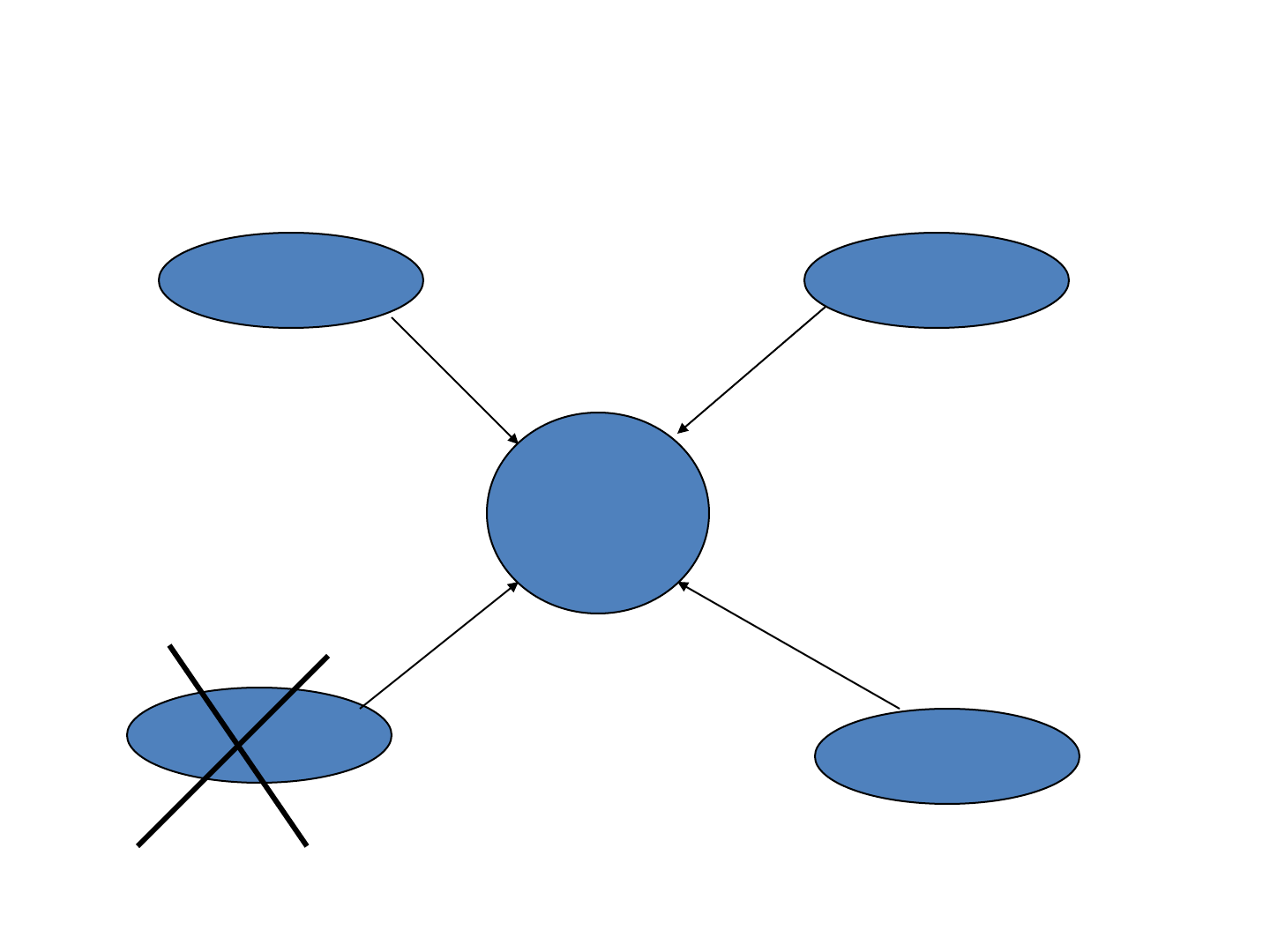
What is the solution in light of this?
Bear StearnsGoldman
JP Morgan
Lehman
Clearinghouse
Post collateral.
Automatic netting.

Current state of clearinghouse
• As of Nov 12., the Fed wants to be the regulator for clearing
trades.
• Two competing platforms:
– The CME (Chicago Mercantile Exchange):
• Entered into joint venture with Citadel
• They are waiting for regulatory approval to begin clearing CDS
trades.
– The ICE (Intercontinental Exchange) is also competing. It
has bought Clearing Corp. a company which specializes in
clearing trades.
• Has a trade clearing platform (“Concero”) and is owned partly by
some of the major dealers like Goldman Sachs, Deutsche Bank,
Morgan Stanley etc.

Ending thoughts
As we know, there are known knowns; there
are things we know we know. We also know
there are known unknowns; that is to say we
know there are some things we do not know.
But there are also unknown unknowns—the
ones we don’t know we don’t know. (Donald
Rumsfeld, US dept of defense 2002)
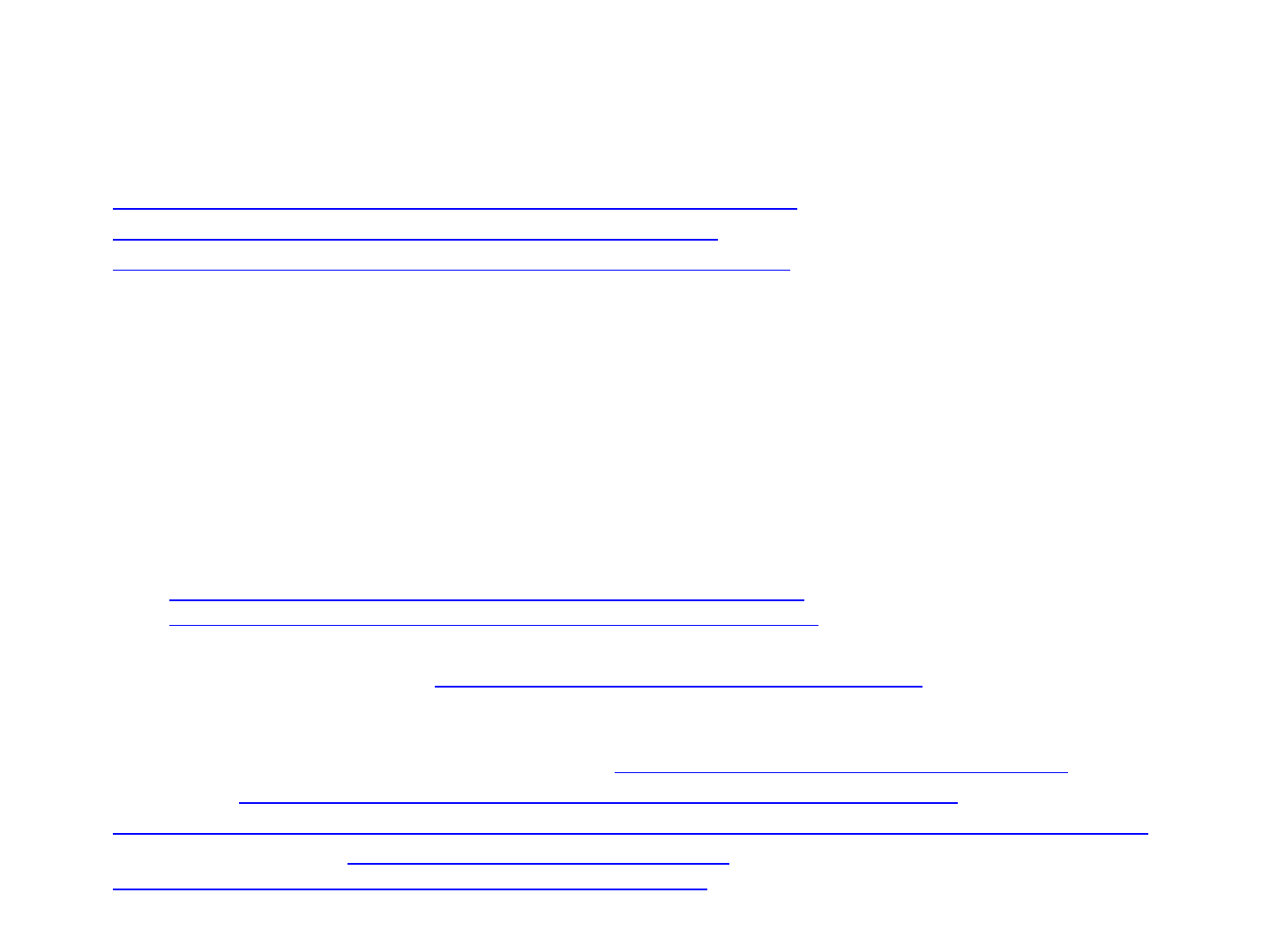
References
• http://www.securitization.net/pdf/content/Nomura_CDS_Primer_12May04.pdf
• http://www.securitization.net/pdf/Nomura/SyntheticABS_7Mar06.pdf
• http://www.quantifisolutions.com/History%20of%20Credit%20Derivatives.php
• Fitch Ratings, Special Report: A Brief Review of “The Basis,” January 10, 2008.
• Fitch Ratings, Special Report: The CDS Market and Financial Guarantors – Current Issues, February 27, 2008
• Laing, J. R., Defusing the Credit-Default Swap, in Barron’s, November 17, 2008.
• Morgenson, G., Arcane Market is Next to Face Big Credit Test, in The New York Times, February 17, 2008.
• RECOMMENDED: Federal Reserve Bank of Atlanta, Economic Review, Fourth Quarter 2007:
– Preface – Credit Derivatives: Where’s the Risk
– Credit Derivatives: An Overview
– Credit Derivatives and Risk Management
– Credit Derivatives, Macro Risks, and Systemic Risks
• Clearinghouse News:
– http://www.bloomberg.com/apps/news?pid=20601087&sid=awdIS.zeotuY&refer=home
– http://www.bloomberg.com/apps/news?pid=20601087&sid=apgBhmu_U.Fo&refer=home
• ISDA statistics - http://www.isda.org/statistics/historical.html
• Federal Reserve Board presentation - www.frbsf.org/economics/conferences/0611/Nelson.ppt
• General paper about systemic risk by ECB - http://www.ecb.int/pub/pdf/scpwps/ecbwp035.pdf
• Counterparty Risk Management Policy Group (Policy report from Gerald Corrigan of Goldman Sachs & Douglas Flint of HSBC
to Secretary Paulson & Mario Draghi of the Bank of Italy) - http://www.crmpolicygroup.org/docs/CRMPG-III.pdf
• AIG downfall - http://www.forbes.com/2008/09/28/croesus-aig-credit-biz-cx_rl_0928croesus.html
• http://www.nytimes.com/2008/09/28/business/28melt.html?sq=aig%20cds%20london&st=cse&scp=2&pagewanted=all
• Nouriel Roubini’s website - http://www.rgemonitor.com/economonitor-
monitor/253566/would_lehmans_default_be_a_systemic_cds_event
